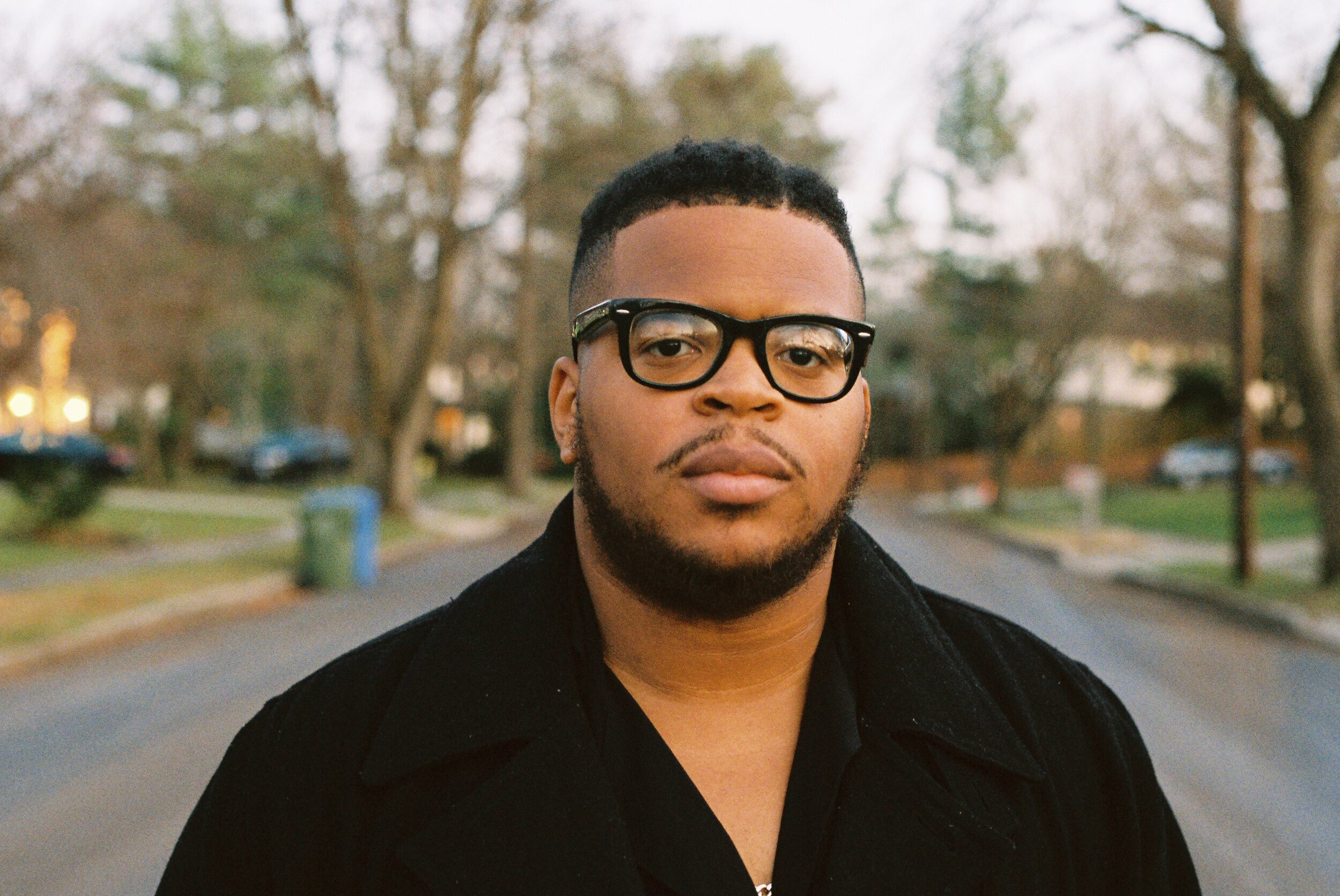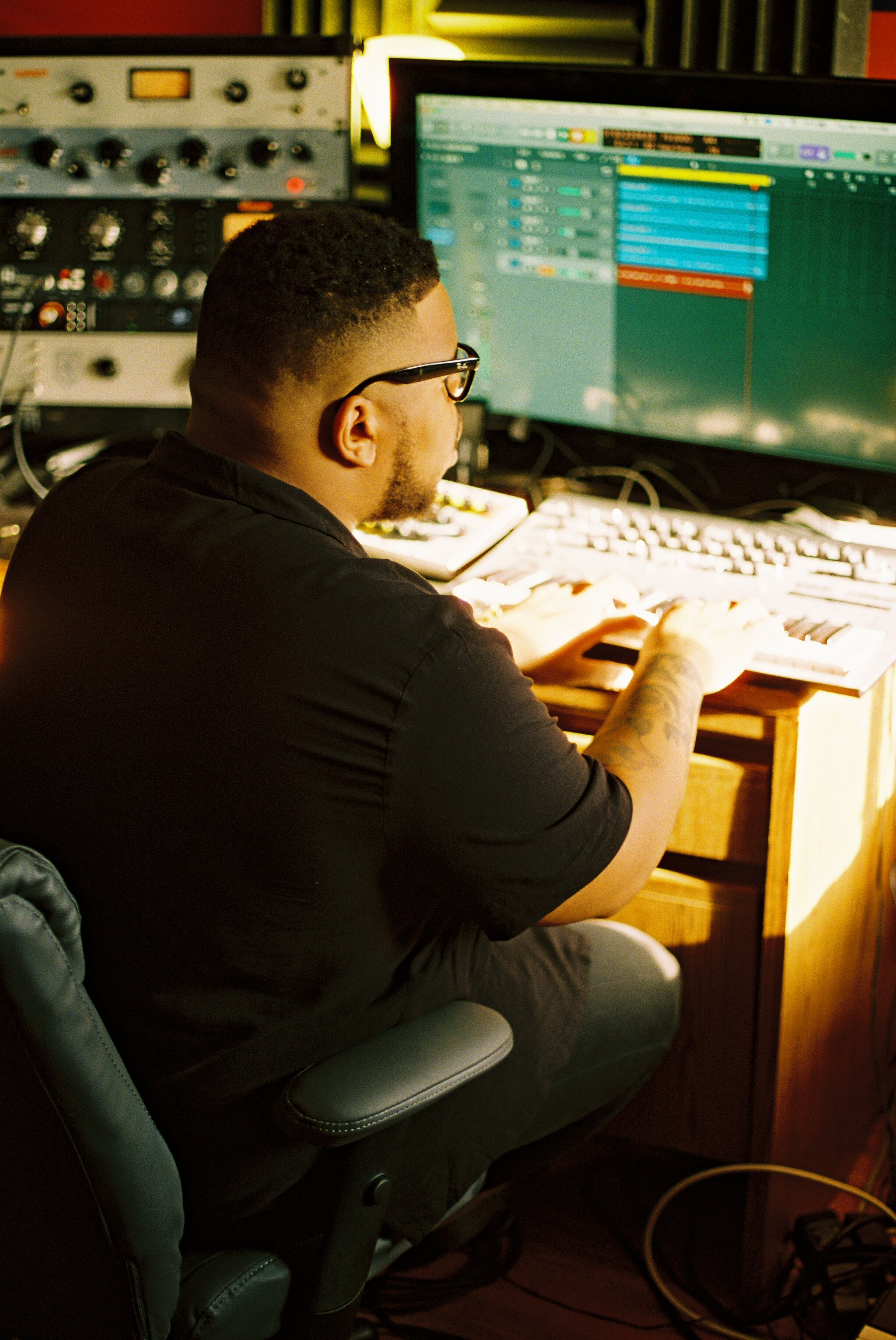Time and Sound: John Smythe
December 10, 2019
In 1979, Michael Jackson released his fifth studio album Off the Wall. A year prior to its release, Jackson had spent much of his time working on The Wiz. Importantly, while working on The Wiz, Jackson would befriend super-producer, Quincy Jones. Jackson was intentional about not making another album that sounded like his work with his brothers, he wanted something sonically different, something that would separate him from his past and pave the way for his future, so he tapped Jones to produce his album.
Like many R&B albums from the decade, there was lush orchestration with string and horn sections (see: She’s Out of my Life), pulsating bass lines provided by Louis Johnson aka Thunder Thumbs (see: Get on the Floor), and Fender Rhodes keyboards (a popular instrument throughout the decade, see: I Can’t Help It), amongst other instruments. It was the late ‘70s and the era of disco, so the album was particularly up-tempo as well.
Sitting at the end of the decade, and on the cusp of a new one, Off the Wall is an obituary to an era. The last song on Off the Wall, Burn this Disco Out, does just that as Jackson sings: gonna dance, gonna shout, gonna burn this disco out. Jackson didn’t single-handedly end the disco era (George Clinton was a strong advocate for ending the era – see: Parliament’s Funkentelechy vs. The Placebo Syndrome), but he did put a timestamp on the decade.
Off the Wall is one of many examples in the study of time and sound. There are technological and sonic qualities, chord progressions, and vocal inflections that seemingly tell when a piece of music was made.
As we come to the close of the decade, I wanted to explore this relationship between time and sound, asking producers, DJs, and writers, how they would describe the past 10 years in music in series of interviews. For the first installment in this series, I spoke with John Smythe, multi-instrumentalist, producer, and sound engineer. Smythe is a part of the music duo, The Latest , and a sound designer as a part of the production team at Soul Surplus. Smythe’s help produce music for Xavier Omar and Social Club Misfits, and you can also hear his sound design and sample packs everywhere from the Queen and Slim soundtrack, to Dreamville’s Revenge of the Dreamers, to Chris Brown’s Indigo, and many other places. But above all else, Smythe is a fan and student of music, listening widely and deeply. I talked to Smythe, getting his opinions on the decade in sound, the trends he saw emerge, and what the 2020s might sound like. Here’s our conversation:
Stanley: Thinking broadly, how would you describe the sound of the 2010s?
John S.: To be as broad as possible, and maybe a little abstract, I would describe the sound of the 2010’s as “larger than life”. “Over produced” is another good one. Not much unlike how we treat our lives on social media. There isn’t really much emphasis on the nuances of life, how emotionally dynamic our days are, or how human we are. Music in the 2010s is the same; not much emphasis on nuance (masters are really loud, drums are at max velocity, vocals are super compressed), dynamics (masters are really loud, drums are at max velocity, vocals are super compressed), or human touch (do I have to repeat myself?). I don’t think this is all bad. Music nowadays is really loud and bright and exciting. The 2010’s are the 808 decade, so it has been really bassy these past few years as well. Really bassy and bright. Very extreme, but very gratifying.
Stanley: Music and technology/technological innovation have always had a paired relationship. For example, the 80s had the Linn Drum/drum machines and a variety of synthesizers that would define the decade. What technological innovation/instrument do you think defined the 2010s?
John S.: The first thing that comes to mind is not a tangible instrument or piece of technology. I would say a laptop, but we have had those for a couple decades now. If anything, companies like Splice that provide producers with loops to jumpstart their productions have been a complete game changer. Since I started working with Soul Surplus, I have seen just how important a loop is to the modern producer. We’ve seen our loops end up on major records and as a result I’ve seen just how much impact a loop can have on the world of music. It could be a simple hi hat loop, a few guitar chords, or the trendy vocal chop that will inspire a billboard hit.
Stanley: Every decade has defining albums, or we could say albums that stand out from the rest in their influence. What album (or albums) do you think was/were the most influential for how other artists made their albums? What producer do you think was the most influential in how other producers made music?
John S.: This is a tough one! It has been a long decade, and the sound has changed a bit from the early 2010’s up to recent times. I can honestly say this was my favorite decade of music I have been alive for, but mostly for the artists/albums that deviated away from the blueprint. I don’t have much memory of what people copied, but I will never forget the releases that stood out to me that weren’t replicated as much. Such as:
Drake, Take Care
Kanye West, Yeezus
Kendrick Lamar, To Pimp A Butterfly
Childish Gambino, Because The Internet
In between these albums I heard a whole lot of Travis Scott, Future, and Migos soundalikes. I don’t really pay attention to Future, or Migos albums admittedly (the 2010’s have been very single driven). I have not personally been into a full Travis Scott album either, but the influence of these three artists cannot go unnoticed. From here, you have artists like Post Malone, Miley Cyrus, and others capitalizing off of that sound for their own success.
I can’t give the 2010’s to one producer. Early on in the decade, it seemed like I couldn’t turn on the radio without hearing DJ Mustard. Then, everything seemed to randomly sound like Skrillex (we went through a rough EDM phase huh?). After that, Metro Boomin. Then, in 2018 Tay Keith was everywhere, along with Weezy (Weezy outta here!), Murda Beatz, and Pierre Bourne.
Stanley: Asking somewhat of an impossible question: given what we’ve seen in music over the past year or two, what do you think the 2020s will sounds like?
John S.: More trap! A lot of lo-fi. Maybe lo-fi trap. Who knows!


